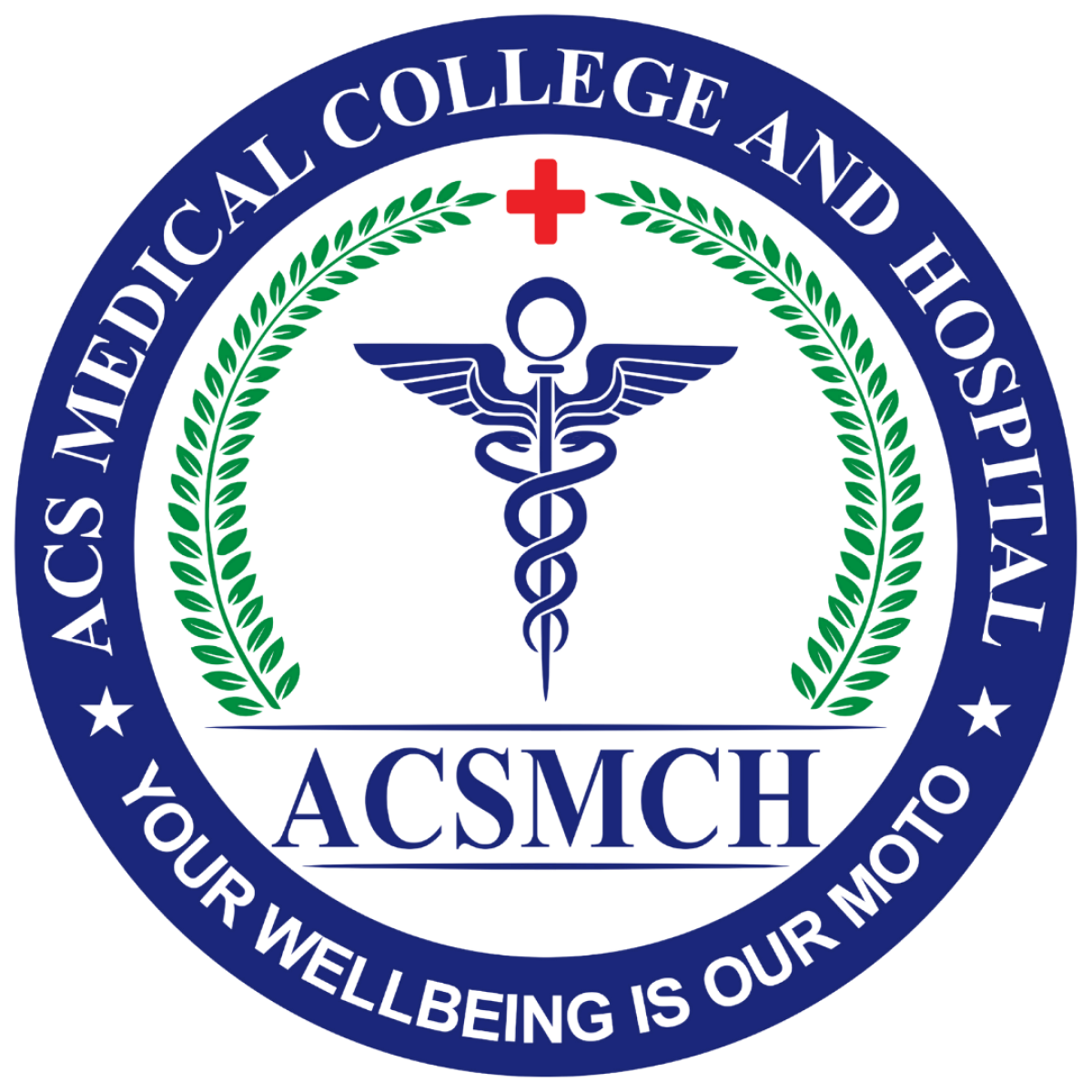Breast cancer can manifest in various ways, and symptoms can vary from person to person. It’s essential to be vigilant and seek medical attention if you notice any of the following symptoms:
Lump in the Breast: The most common early symptom of breast cancer is the presence of a new lump or mass in the breast. It may feel different from the surrounding tissue and is often painless, but not always.
Changes in Breast Size or Shape: Breast cancer can cause changes in the size or shape of one or both breasts. This could include swelling, asymmetry, or distortion of the breast.
Skin Changes: Look for changes in the skin of the breast, such as redness, dimpling, or puckering. These changes may resemble the texture of an orange peel.
Nipple Changes: Changes in the nipple can be a sign of breast cancer. This includes nipple inversion (when the nipple turns inward), discharge (other than breast milk), or a change in its appearance, such as scaling or flaking.
Breast Pain or Discomfort: While breast cancer is not usually painful in its early stages, some individuals may experience breast pain or discomfort. It’s important not to dismiss any persistent breast-related discomfort.
Swollen Lymph Nodes: Swollen lymph nodes under the arm or around the collarbone can sometimes be a sign that breast cancer has spread to nearby lymph nodes.
Unexplained Weight Loss: If you experience unexplained weight loss, it could be a symptom of advanced breast cancer.
Changes in Breast Sensation: Some people with breast cancer may notice changes in sensation in the breast or nipple, such as tingling, numbness, or increased sensitivity.
It’s important to note that while these symptoms can be indicative of breast cancer, they can also have non-cancerous causes. Nevertheless, if you observe any of these changes or have concerns about your breast health, it is crucial to consult a healthcare professional for a thorough evaluation. Early detection is key to improving the prognosis and successful treatment of breast cancer. Regular breast self-exams, clinical breast exams, and mammograms are essential tools for early detection and prevention.

